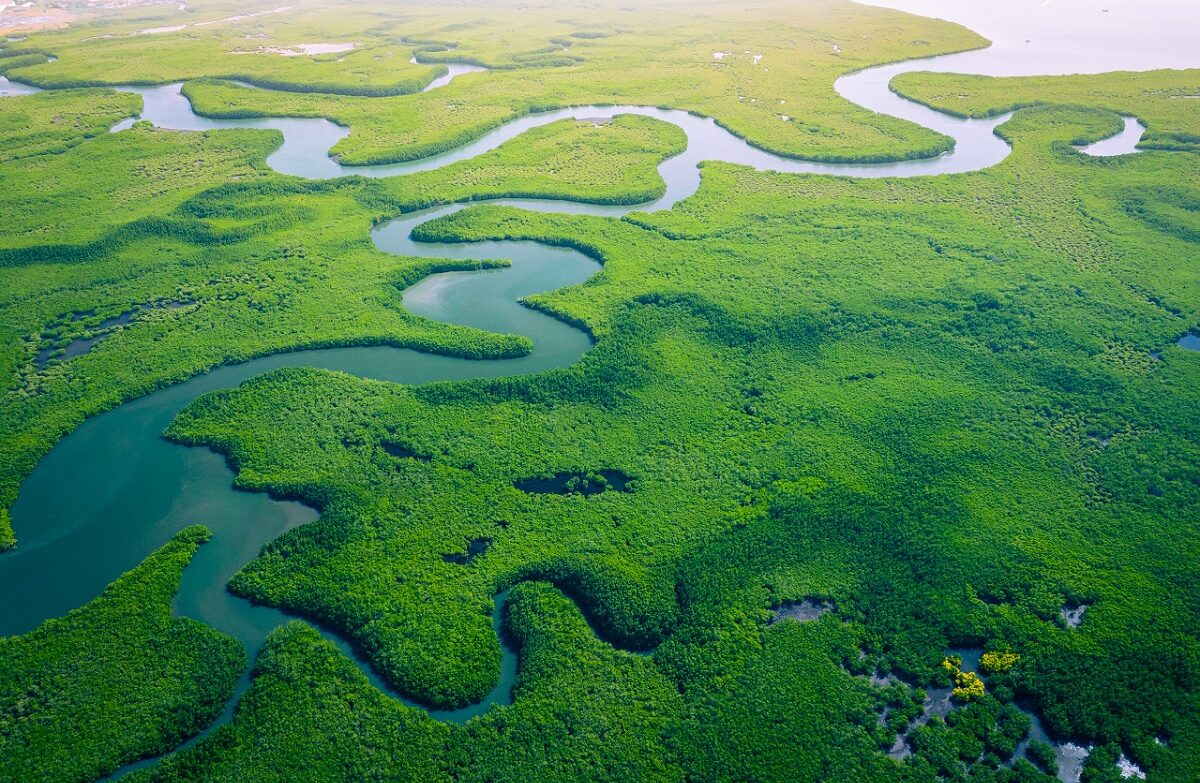Green shoots for nature finance


Investing in nature is still a nascent industry and this is even more so the case when we consider retail investments or specifically ocean conservation. Despite the strong indicative interest from retail investors in nature-related solutions, there is currently a dearth of products available.
But this is changing, and opportunities are emerging. For example, the ASN Biodiversity Fund is a publicly listed index fund launched in 2021, targeting retail investors. Its objective is to contribute to the retention, protection and restoration of biodiversity, expressed in hectares of protected and restored areas on land and at sea. The fund invests globally in projects and private and listed equities with a focus on four sectors: sustainable forestry, sustainable agroforestry, sustainable oceans and fisheries and ecotourism.
We expect momentum to grow in the retail nature investment sphere, especially with more policies, regulations and market guidance introduced to address the biodiversity crisis and deliver a nature positive economy.
Whilst we do not yet have a standardised definition of “nature positive”, it is broadly acknowledged that this includes acting at scale to actively improve the state of nature and the ecosystem dependencies (services) it provides, as well as working to reduce and remove the drivers and pressures fuelling the degradation of nature. The latter, which focuses on reducing drivers of biodiversity loss, is beginning to be mainstreamed in active institutional ownership and engagement funds, including funds specifically focused on oceans.

We can bend the curve of biodiversity loss: scientific modelling shows us the actions and trajectory needed. The Kunming-Montreal Global Biodiversity Framework (GBF), adopted at the UN Convention on Biological Diversity COP15 in December 2022, puts us on the policy trajectory needed to “halt and reverse biodiversity loss” by 2030, and be “living in harmony with nature” by 2050.
The GBF is the nature equivalent to the Paris Agreement for climate. Additionally, the High Seas Treaty, also known as the agreement on Biodiversity Beyond National Jurisdiction or ‘BBNJ’, was signed in September 2023 and provides for the common governance of activities beyond national ocean jurisdictions.
In alignment with the GBF, the Taskforce on Nature-Related Financial Disclosures (TNFD) published its first recommendations in September 2023 pertaining to risk management and disclosures on evolving nature-related impacts, dependencies, risks and opportunities.
Additionally, the International Capital Markets Association (ICMA) released a practitioner’s guide for bonds to finance a sustainable blue economy in September 2023, which provides definitions for blue economy project types and eligibility criteria. The guide highlights potential key performance indicators for impact and reporting purposes. This is designed to provide information on the key steps required in issuing a credible blue bond, how to evaluate the impact of eligible projects, and the requirements to facilitate transactions to promote market integrity.
These recent policy, regulation and market guidance developments represent green shoots for nature finance. However, it will take some time for these implications to trickle through our systems, foster the development of more nature investment opportunities – and mobilising more retail investor capital will be critical to filling the nature funding gap and delivering on the GBF.